Discover the Beauty and Meaning of the Moroccan Women’s Djellaba
When you think of Morocco, images of vibrant markets, ancient cities, and rich traditions come to mind. One of the most striking symbols of Moroccan culture is the women’s djellaba, a flowing, elegant robe that blends history, craftsmanship, and style.
The Moroccan women’s djellaba offers a fascinating window into the country’s heritage. More than just clothing, it tells stories of tradition, identity, and the graceful strength of Moroccan women across regions and generations.
Whether worn in bustling cities or quiet mountain villages, the women’s djellaba varies in color, fabric, and design, each variation reflecting the culture and climate of its home. Today, tourists and fashion lovers alike appreciate the djellaba not only as a beautiful garment but also as a meaningful souvenir or fashion statement.
In the previous article, we talked about men’s djellaba. In this article, you will explore the rich history, cultural symbolism, craftsmanship, and modern styling of the Moroccan women’s djellaba, helping you understand why it remains a timeless treasure in Moroccan culture
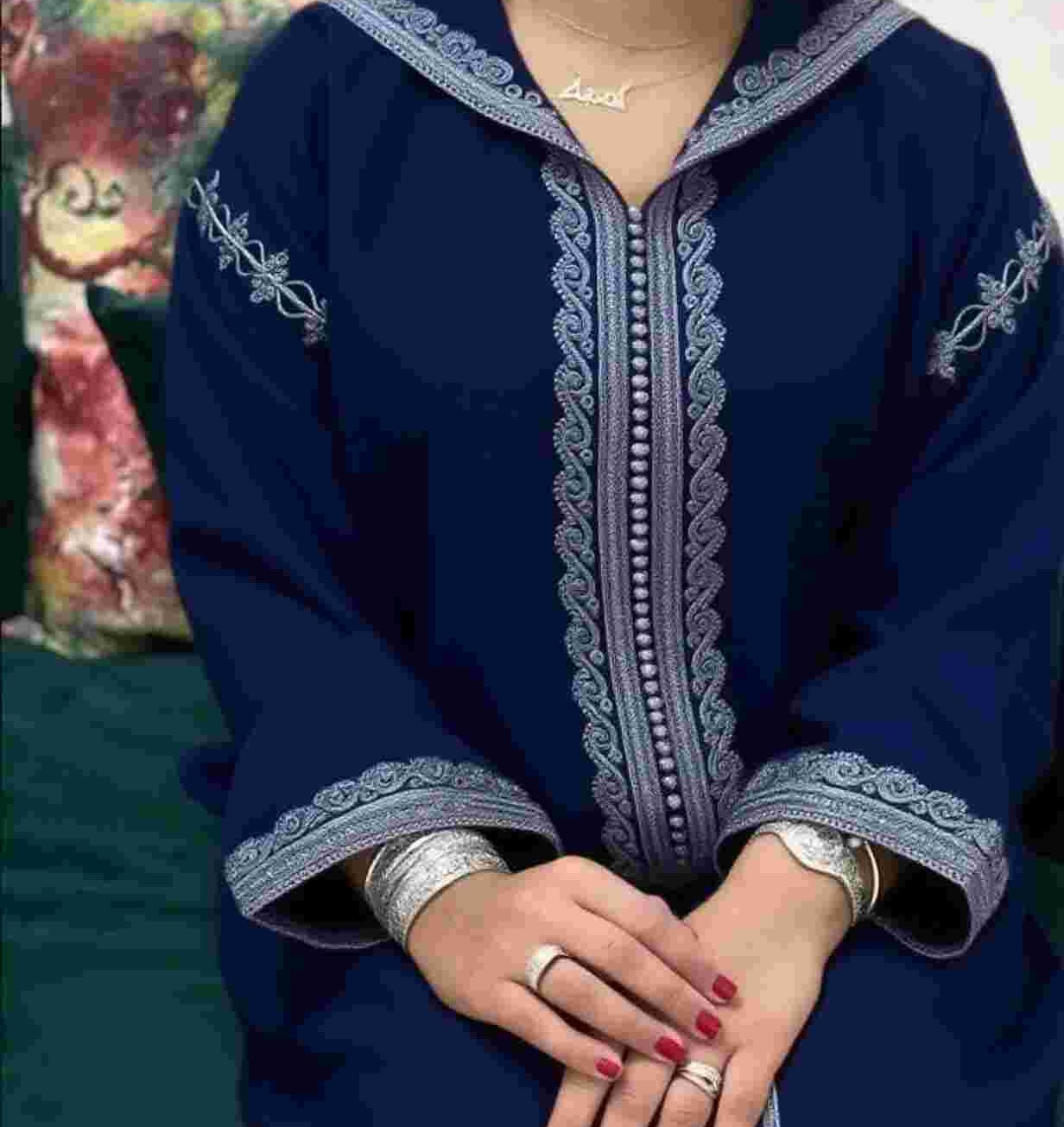
The Rich History of the Moroccan Women’s Djellaba
The Moroccan women’s djellaba carries centuries of history woven into its fabric. Its origins trace back to the Amazigh (Berber) communities, Arab influences, and the legacy of Andalusian culture, all of which have shaped this garment into a distinctive symbol of Moroccan identity.
Historically, the djellaba was more than just practical clothing—it signified a woman’s social status, marital status, and even her regional roots. The colors, fabrics, and decorative embroidery often communicated important cultural messages within communities.
Over time, as Morocco’s cities grew and cultural exchanges flourished, the women’s djellaba evolved. While the basic design—a long, flowing robe with a hood—remained consistent, variations emerged that highlighted the rich diversity of Moroccan regions. For example, women from Fez might wear djellabas made of fine silk with delicate embroidery, while those in rural Atlas Mountains villages often chose warmer woolen fabrics.
Today, the Moroccan women’s djellaba continues to honor its deep heritage, worn proudly during weddings, religious festivals, and cultural celebrations, preserving a vibrant link to Morocco’s past while embracing the present.
Symbolism and Meaning: What the Moroccan Women’s Djellaba Represents
The Moroccan women’s djellaba is much more than an elegant robe, it is a meaningful symbol of identity, femininity, and cultural pride. Each detail, from the choice of fabric to the intricate embroidery, carries stories that reflect centuries of Moroccan life and values.
Traditionally, the djellaba represents modesty and grace, qualities highly valued in Moroccan society. But it also conveys a sense of empowerment, as Moroccan women have long used this garment to express their unique style while honoring their heritage.
Colors and patterns can vary widely, from soft pastels symbolizing youth and celebration, to richer, darker tones worn during more formal or spiritual occasions. Regional embroidery styles often tell tales of the local culture and craftsmanship, making each djellaba a personal and cultural statement.
For tourists and admirers of Moroccan culture, wearing or appreciating the women’s djellaba offers a window into the rich tapestry of Moroccan life, where tradition, community, and individual expression beautifully intertwine.
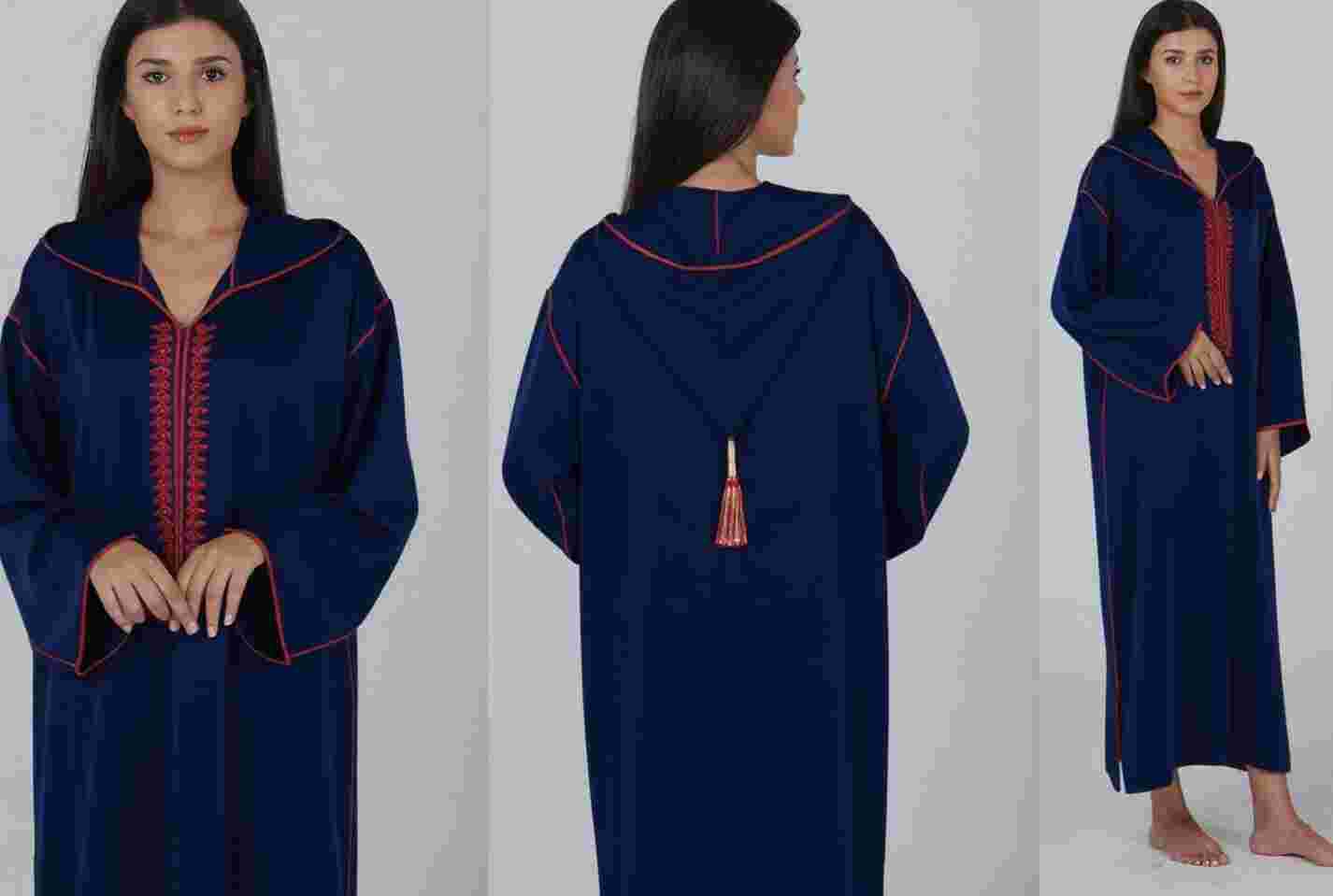
Craftsmanship and Materials: The Artistry Behind Every Moroccan WOMAN’S Djellaba
One of the most remarkable things about the Moroccan women’s djellaba is the care and skill that go into making each piece. These robes are often handcrafted by talented artisans who have inherited centuries-old techniques, preserving Morocco’s rich textile heritage.
Traditional djellabas are made from natural materials such as:
- Silk: prized for its luxurious feel and shimmering beauty, often used in special occasion garments
- Cotton: breathable and lightweight, perfect for everyday wear in warmer climates
- Brocade and Velvet: used for more elaborate, festive designs
- Wool: common in colder regions like the Atlas Mountains, offering warmth and durability
The intricate embroidery decorating many women’s djellabas is more than decorative; it reflects regional styles and cultural stories. For example, the Taznakht embroidery from southern Morocco features bold geometric patterns, while Fez embroidery is often delicate and floral.
Many djellabas are still sewn and embroidered by hand, making each garment a unique work of art. When you wear or purchase a Moroccan woman’s djellaba, you’re not only embracing beautiful fashion, you’re supporting centuries of tradition and skilled craftsmanship.
Styling the Moroccan Women’s Djellaba Today
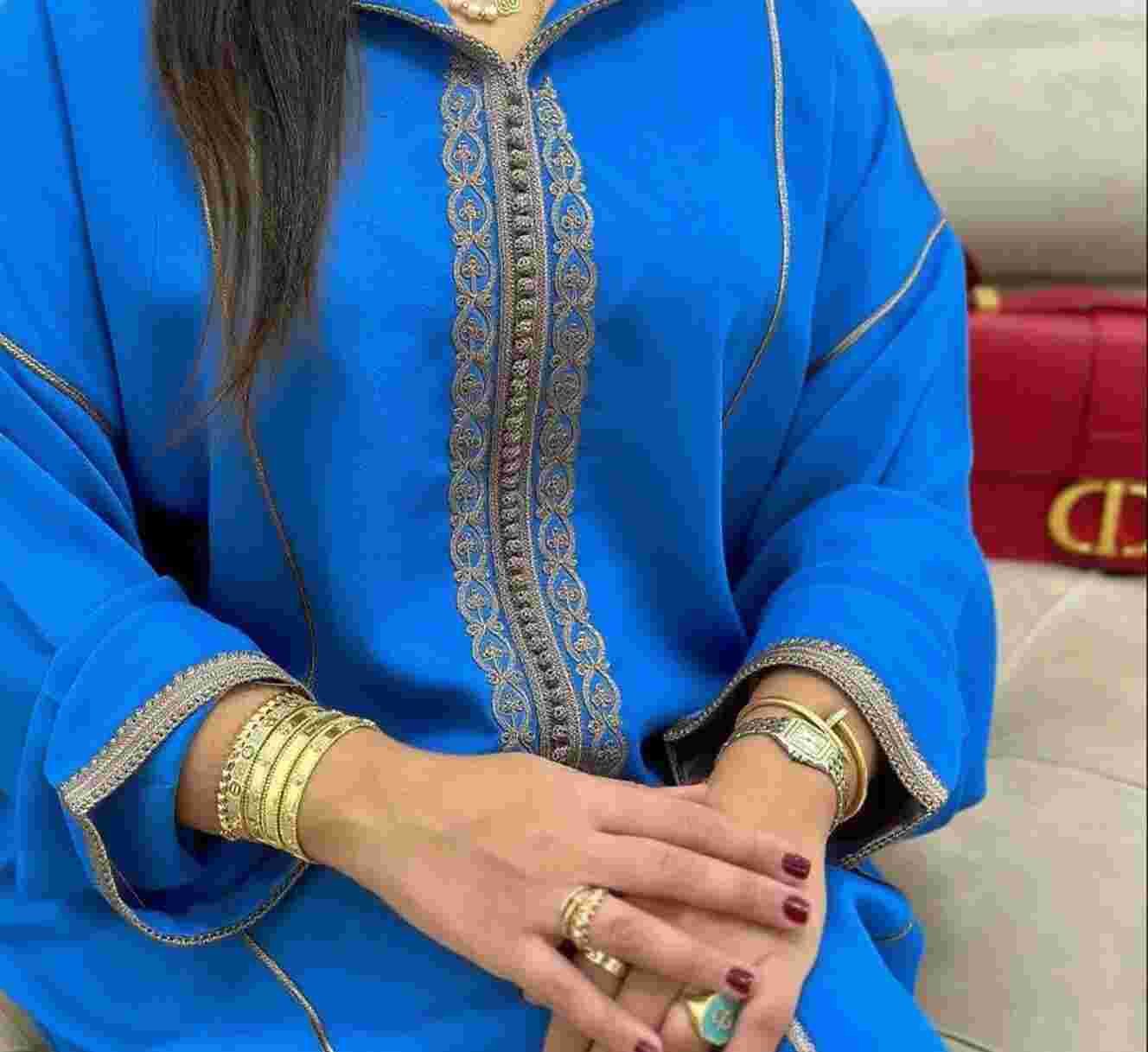
The Moroccan women’s djellaba has gracefully evolved to blend traditional charm with modern fashion sensibilities. Today, it is embraced by women in Morocco and around the world as a versatile and elegant garment that celebrates cultural heritage while fitting contemporary lifestyles.
Many Moroccan women wear the djellaba during special occasions like weddings, religious festivals, and family gatherings, pairing it with delicate jewelry, stylish belts, and traditional slippers called babouches. The choice of colors and accessories often reflects personal style while honoring age-old customs.
For visitors and fashion enthusiasts from North America, the djellaba offers a unique way to experience Moroccan culture. Lightweight versions made from cotton or silk are perfect for warmer climates and can be styled with modern accessories such as statement earrings, leather sandals, or a chic clutch for a fusion look.
In Moroccan diaspora communities across the USA and Canada, the djellaba remains a proud symbol of identity and connection to roots, often worn during cultural events or festive celebrations.
Whether you choose a classic embroidered piece or a contemporary take on the djellaba, wearing this garment is a beautiful way to honor Moroccan heritage and make a unique fashion statement wherever you are.
Where to Find Authentic Moroccan Women’s Djellabas
Finding a true Moroccan women’s djellaba is about more than shopping — it’s about stepping into a story woven by generations of women. From the hum of embroidery needles in quiet homes to the bursts of color in open-air souks, each garment carries the touch of its maker and the rhythm of her tradition.
If you’re exploring Morocco, you’ll likely come across djellabas almost everywhere — but the most meaningful pieces are often found in places where time and craftsmanship still matter:
- In the hidden corners of Fez, where silk threads glide through fabric in centuries-old workshops.
- In Marrakech, where women choose vibrant, flowing robes for festive nights or family gatherings.
- In the mountain villages, where woolen djellabas are crafted not for tourists, but for daily life — warm, practical, and beautifully simple.
When you run your fingers across the embroidery, you’ll feel the story — not just the stitches.
To recognize a quality djellaba:
- Look for natural fabrics like silk, cotton, or wool, they breathe and move with grace.
- Choose embroidery that is slightly uneven or textured — often a sign it was made by hand.
- Let the colors guide you — pastels and florals for joy, deep tones for elegance and ceremony.
And if your journey to Morocco is still a dream, you can still experience the beauty of its women’s fashion from afar. Several online stores collaborate directly with artisan cooperatives, offering ethically made and authentic djellabas with worldwide delivery.
Looking for more Moroccan traditional clothing? Take a look at this elegant Moroccan lady’s dress available now in our store, Morocco Shop. We’re here to help you find the perfect piece!
Frequently asked questions
Can foreigners wear djellaba?
Absolutely. Foreigners are welcome to wear the Moroccan djellaba — and many do so out of admiration and respect for the culture. Whether you wear it while traveling in Morocco or at cultural events back home, it’s a beautiful way to connect with Moroccan tradition. Just choose a style that feels authentic and avoid treating it as a costume — it’s a symbol with deep meaning.
What is the meaning of the Moroccan djellaba?
For Moroccan women, the djellaba is a graceful reflection of identity, modesty, and elegance. It’s more than fabric — it carries family stories, religious values, and regional artistry. Often passed down between generations, it represents both heritage and self-expression.
How much should a djellaba cost?
Prices vary depending on materials and craftsmanship:
- Everyday cotton djellabas: $30–$70
- Embroidered silk or velvet djellabas: $100–$300+
Handmade artisan pieces for special occasions: $250 and up
Buying from artisan cooperatives often ensures higher quality and supports local women directly.
Who wears a djellaba?
Djellabas are worn by women of all ages throughout Morocco. They’re used in daily life, religious holidays, and family celebrations. The style and fabric often change with the occasion, the season, or the region. Tourists are also welcomed to wear them — especially when exploring cultural sites or attending traditional events.
Which body type should wear a kaftan?
Kaftans and djellabas are both flattering for all body types because of their loose, flowing designs. For curvier bodies, a belted kaftan can highlight the waist, while taller women may prefer longer, more structured cuts. The beauty of Moroccan garments is that they’re designed for elegance and comfort — not for fitting a specific shape.
conclusion: wearing a story, not just a style
The Moroccan women’s djellaba is more than traditional clothing, it’s a quiet celebration of identity, dignity, and womanhood. From its flowing lines to its carefully embroidered details, it reflects the strength, elegance, and heritage of Moroccan women across generations.
Whether worn during a family gathering, a festive ceremony, or a quiet walk through the medina, the djellaba carries with it a message: “I belong. I remember. I honor.” For Moroccan women, it has long been a way to stay connected to their roots. For visitors, it offers a beautiful opportunity to appreciate that culture respectfully — and even become part of its ongoing story.
Wearing a djellaba isn’t just about fashion. It’s about stepping into a living tradition — one that continues to evolve, inspire, and empower. Whether you bring one home as a treasured keepsake or wear it as a statement of cross-cultural appreciation, the djellaba invites you to celebrate what is timeless, feminine, and true.
Are you planning a trip to Morocco soon? Check out our Morocco Tour Packages below and let us know which one best meet your demands! However, if you would like to create your own itinerary based on your preferences and interests, feel free to contact us and we’ll gladly help you get the best trip itinerary tailored to your requests.
- 9 days tour from Casablanca to Marrakech
- 7 days tour from Casablanca to Marrakech
- 8 days tour from Casablanca to the imperial city
- 15 days tour from Casablanca to Marrakech
- 10 days tour of Morocco from Tangier
- 8 days Morocco Tour from Tangier
- 6 days tour from Tangier to Marrakech
- 3 days desert tour from Fes to Marrakech
- 10 days Morocco itinerary from Fes

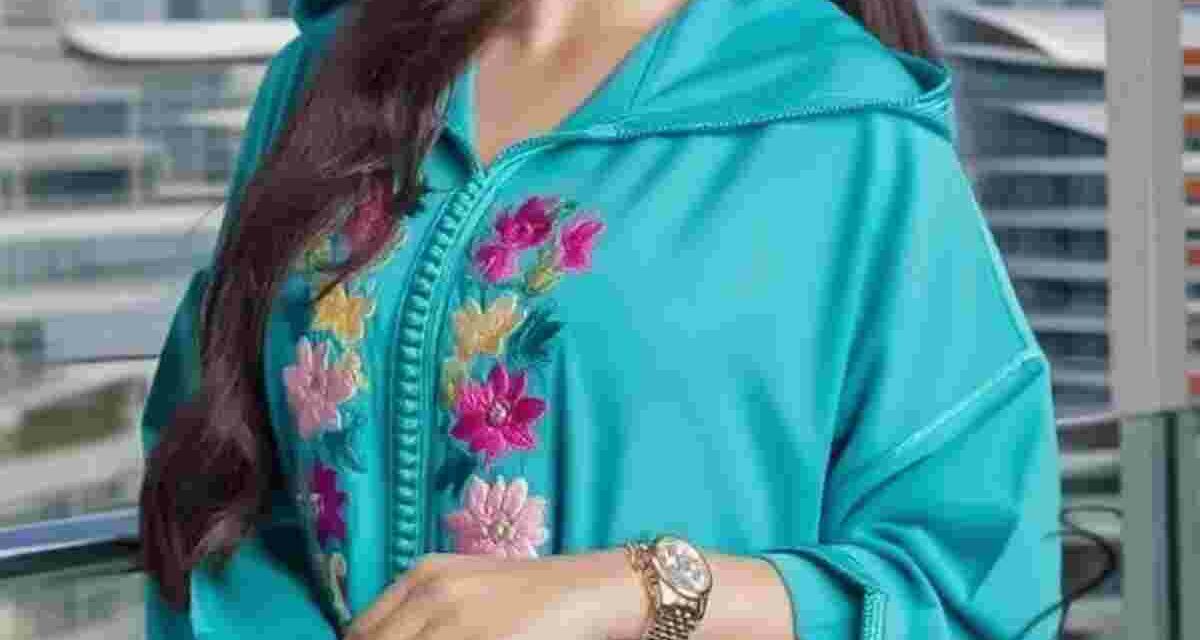
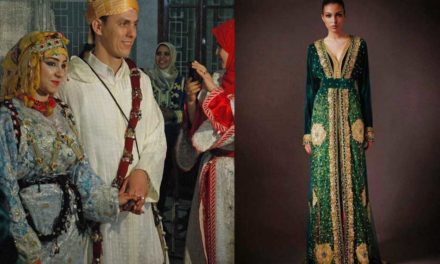
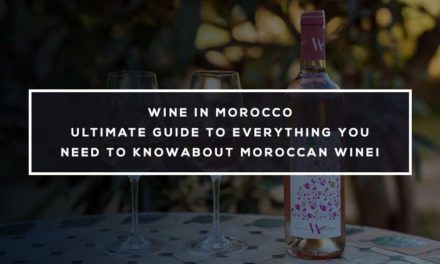
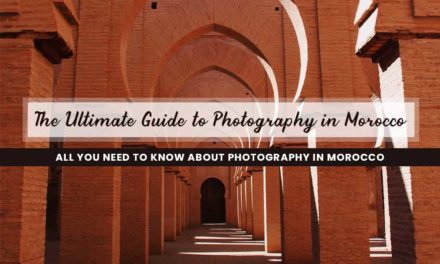
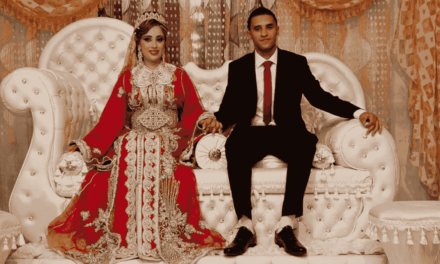

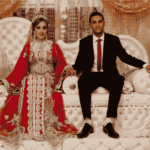
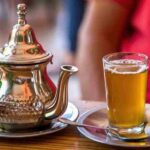
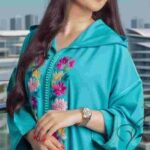

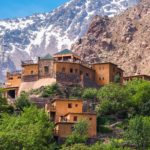
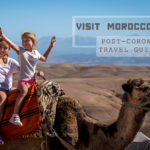


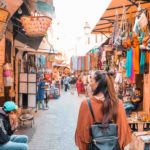
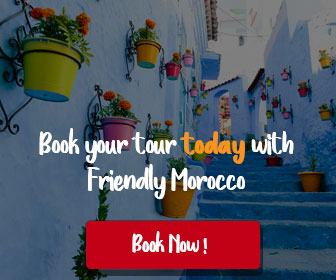

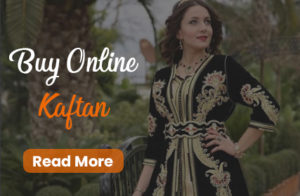
Recent Comments